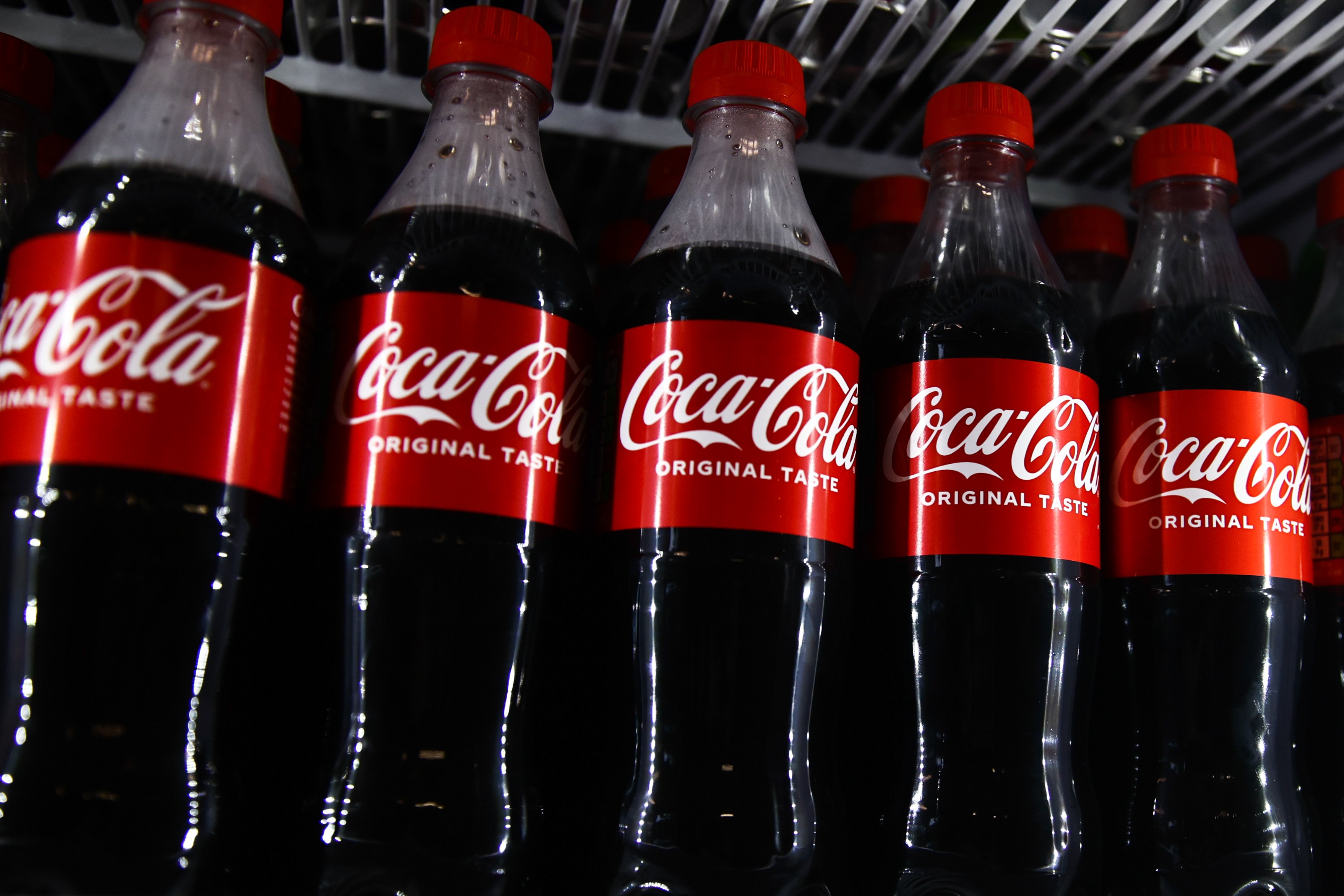The flu that's threatening half the world's pig population has driven sales of chicken 70% higher in China. Demand could rise in the U.S. as pork prices increase and the shorter span it takes to raise a chicken makes it easier for companies to capitalize on increased demand. That has led to major increases in stock price for some of the U.S.' bigger chicken producers.
To catch full episodes of all The Motley Fool's free podcasts, check out our podcast center. A full transcript follows the video.
This video was recorded on May 7, 2019.
Nick Sciple: We've seen these restaurant companies talk about their commodity prices going up. Obviously, these folks that are downstream, that are selling these commodities, are benefiting from the increased prices. Particularly, as you mentioned, these chicken producers have been the ones who have benefited the most because they can ramp up their production to meet this demand the quickest. Chickens are the quickest to grow and bring to market. We've seen... these chicken producers have really surged. Just since the start of the year, you've got Sanderson Farms, one of the largest chicken producers in the U.S., up 55% year to date. Pilgrim's Pride, up 85% year to date. Tyson also heavily exposed to chicken, but more of a diversified meat producer, up 44%. And then JBS, which is traded on a foreign exchange, but also owns Pilgrim's Pride, based in Brazil, largest global meat packer in the world, up 86%. So you're seeing all these producers benefiting from this supply coming off the market. We talk about it on the Energy show sometimes, when oil supply comes off the market, obviously, the producers of oil really benefit. This is yet another example of that. These meat producers, really, the market has really come to them in a really nice way. They're starting to invest, to build up their supply. And there's a chance that going forward, they could take meaningful market share in China. These U.S. and Brazilian producers do have a cost advantage. Now that supply's off the market, there's a chance they could gain a foothold there. Really interesting!
Dan Kline: Yeah. It also becomes a matter of education. Now you're going to have people who were eating pork be forced into trying chicken or ground beef or fish or whatever else it is. Chicken is likely going to be the cheapest there. People might find that they're just as happy eating chicken as they were eating pork. There could be some long-term benefits of this.
The other issue is, when you're manufacturing and you have to increase capacity, there's a huge expense to that. If volume doesn't keep up, then you end up with idle factories. All you need to raise more chickens is space. You can adjust your production from a year-to-year basis based on needs without there being huge cost. Because at the end of the day, you hatch a chicken, raise a chicken, and then eat the chicken. There's no more chicken, it's gone.
Sciple: Right, yeah. This trickles down all over the market. This could be a multi-year, lingering issue. The breeding sow population in China down 21% year over year. But that doesn't mean rush out and buy these chicken producers right now. In the short term it's great for these folks if they can ramp up production quickly. However, the other side of the coin is true -- competitors can also ramp up their production quite quickly. Some other companies that could benefit, though you haven't seen a pop yet, you've got feed producers like Archer Daniels Midland and Bunge. As these chicken and hog producers in the U.S. ramp up their production, they're going to need to feed these animals. So there's some chance that we could see some trickle down.
But really, the best bet that I would see is going to be these diversified meat producers like Tyson and JBS. And Tyson has been putting some investment into that. Just last month, they secured approval for two plants in Iowa to begin shipping pork to China. That's the first such approval since 2016, according to the FDA. Really interesting opportunity for these meat producers, an industry that's really under-followed. Something to pay attention to for investors.
Kline: It becomes a race. We know there's X amount of pigs that aren't coming to market. If you can start today... but again, it's not a simple process. You have to produce the pigs and raise them and grow them, and there's actually a significant investment in feed and care and all the other things, and then you have to hope that a year later, whatever the exact life cycle is, there's still going to be that demand. So I think there's going to be some caution, and you're probably more likely to have a shortage of pork and higher prices, for the next couple of years, probably.
Sciple: Yeah. It's going to be interesting to follow. Again, we mentioned, there's some overlays into China's broader economy and the tariff war that's going on between the U.S. and China. Something to follow. If any of our listeners are interested in a deeper dive into any of these meat companies, we'd be happy to do that. Tweet us @MFIndustryFocus, let us know you're interested, and we'll see if we can do a deeper dive on some of these guys.





